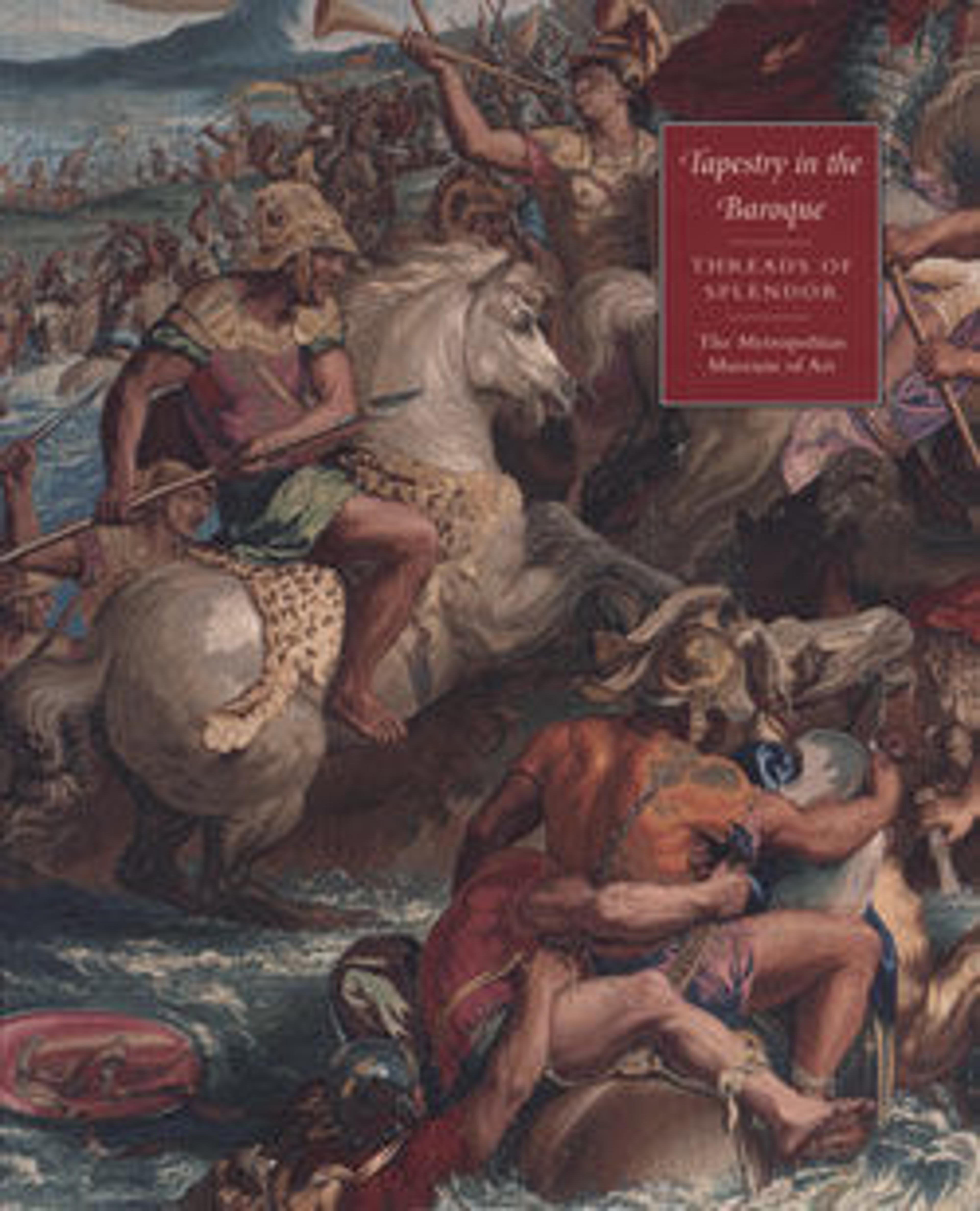Diana and her Nymphs
This tapestry depicts the goddess Diana bathing with her nymphs after the hunt (in classical legend, Diana was the goddess of the hunt). The scene takes place before the ruins of a classical temple, beyond which an idealized landscape stretches into the distance. The elaborate borders feature a frieze populated by classical deities between cartouches depicting the signs of the zodiac. The floral cartouches in the corners surround images of a phoenix, a bird of paradise, a dolphin, and a lion. The tapestry was one of at least six depicting scenes from classical mythology, after paintings by Laurent de la Hyre (the original painting for this scene is now in the J. Paul Getty Museum, Malibu, California). A similar set of tapestries, with variant borders, is recorded in the collection of Louis XIV.
Artwork Details
- Title: Diana and her Nymphs
- Artist: After a painting by Laurent de La Hyre (French, Paris 1606–1656 Paris)
- Maker: Weaving probably in the workshop directed by Hippolyte de Comans (Faubourg Saint-Marcel, Paris, active 1651–65)
- Date: before 1662
- Culture: French, Paris
- Medium: Wool, silk, silver-gilt thread (22-23 warps per inch, 8-9 per cm.)
- Dimensions: 136 1/2 x 216 1/2 in. (346.7 x 549.9 cm)
- Classification: Textiles-Tapestries
- Credit Line: Rogers Fund, 1920
- Object Number: 20.44.3
- Curatorial Department: European Sculpture and Decorative Arts
More Artwork
Research Resources
The Met provides unparalleled resources for research and welcomes an international community of students and scholars. The Met's Open Access API is where creators and researchers can connect to the The Met collection. Open Access data and public domain images are available for unrestricted commercial and noncommercial use without permission or fee.
To request images under copyright and other restrictions, please use this Image Request form.
Feedback
We continue to research and examine historical and cultural context for objects in The Met collection. If you have comments or questions about this object record, please complete and submit this form. The Museum looks forward to receiving your comments.
